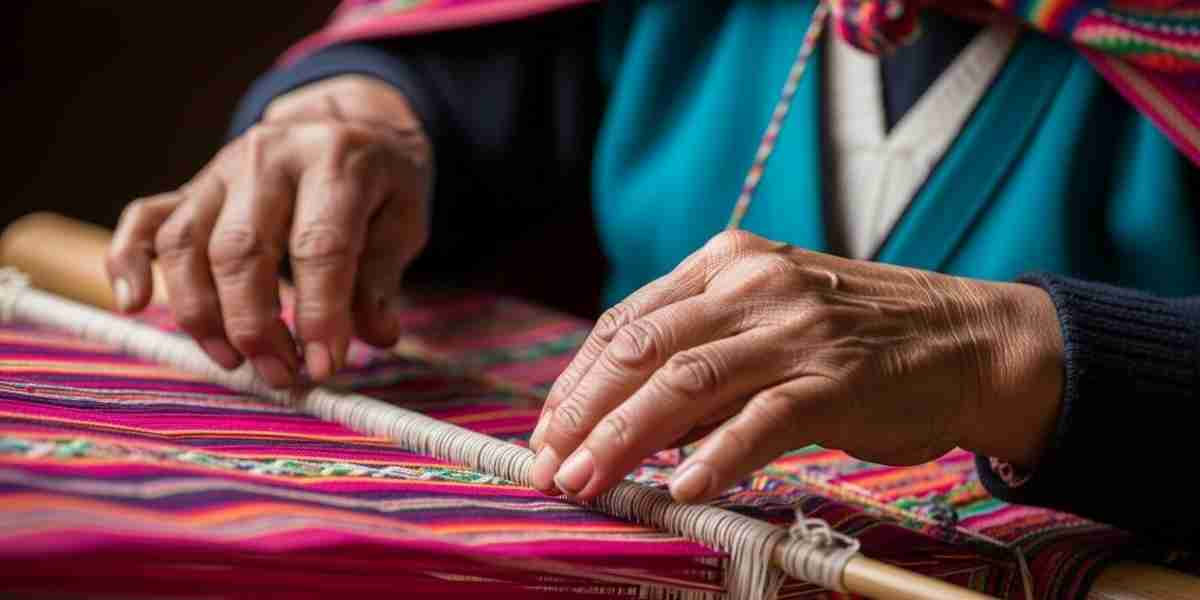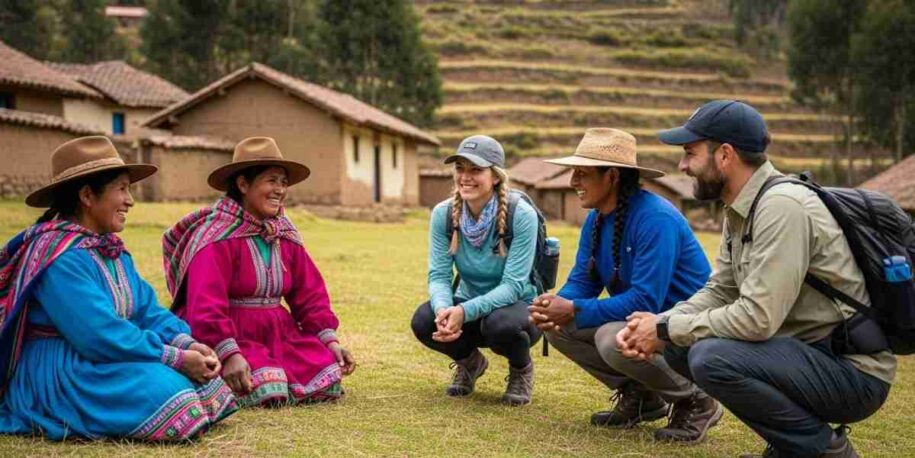The Inca Trail is renowned globally for its breathtaking archaeological sites and stunning Andean landscapes, culminating in the awe-inspiring citadel of Machu Picchu. Yet, the true depth of this legendary journey extends far beyond the well-trodden path. It lies in the vibrant living culture of the Inca Trail local communities that have inhabited these valleys for centuries, preserving traditions that offer a profound connection to the spirit of the Andes. To truly experience the essence of this ancient land is to engage with the people who are its living legacy.
A Living Legacy: Andean Communities Today
Along the Sacred Valley and in the highlands surrounding the Inca Trail, numerous indigenous Quechua communities continue to live much as their ancestors did, maintaining a deep reverence for the land and their ancestral heritage. These communities are not merely a backdrop to the trek; they are an integral part of the region’s character, offering a window into a way of life intrinsically linked to the land and its ancient wisdom. Their resilience and vibrant cultural practices enrich the traveler’s experience, providing insights into the Andean worldview. It’s a journey that reveals not just the ruins of a great civilization, but the enduring spirit of its descendants.
The Artistry of Andean Weaving: Stories in Thread
One of the most striking aspects of these communities is their mastery of traditional weaving. Women, in particular, are the custodians of intricate textile arts, passed down through many generations. These vibrant creations, from ponchos to blankets, are not just beautiful garments; they are visual narratives, telling stories of Andean cosmology, daily life, and the rich symbolism embedded in every thread and color. Observing a weaving demonstration offers a profound appreciation for the skill, patience, and cultural significance of this ancient craft. This connection to a timeless art form is a testament to the enduring Quechua traditions.

The Rhythms of the Land: Traditional Agriculture
The Andean people have cultivated the land for millennia, developing sophisticated agricultural techniques that allowed the Inca Empire to flourish. Today, these practices persist, often utilizing the same terraced fields and irrigation systems of their forebears. Visitors may have the opportunity to witness or even participate in a Minka, a traditional communal work system, where villagers collaborate on farming tasks, sharing in the harvest and fostering a strong sense of community solidarity. This direct engagement with the land offers a powerful connection to the rhythm of Andean life, showcasing the deep-rooted Andean culture.
Supporting Sustainable Tourism and Inca Trail Local Communities
Choosing a tour operator committed to responsible tourism means ensuring your journey directly benefits these local communities. This support often comes through fair wages for porters and guides, many of whom hail from these very villages, as well as through direct purchases of handmade goods. This approach to travel also shows you How to Explore Peru with Style and Comfort, transforming a trek into a meaningful exchange. Such conscious decisions help to preserve traditional livelihoods and empower these communities to continue their cultural practices for generations to come, contributing to a sustainable future for the Andean people. It’s about nurturing community-based tourism that leaves a positive impact.
Embracing the Authentic Human Element of the Trail
While the ancient ruins are undeniably magnificent, the true «unseen magic» of the Inca Trail lies in its human element. It is in the warmth of a smile from a local child, the rhythmic work of a weaver’s loom, or the shared laughter during a communal meal. These are the moments that truly bring the history of the Andes to life, transforming a journey through ancient stones into an immersive cultural experience that resonates long after the trek concludes. It’s a journey that goes beyond mere sightseeing, allowing for genuine cultural exchange.
As the famed explorer Hiram Bingham III once noted, «One could not but be impressed by the evidences of agricultural skill and industry.» This wisdom extends to the vibrant, living agricultural traditions that continue to shape these communities today.
Practical Ways to Engage with Andean Culture
- Visit a Traditional Village: Many tours offer opportunities to visit small Andean villages, providing a chance to learn about daily life, observe traditional crafts, and sometimes even participate in a local activity.
- Support Local Artisans: Purchasing handicrafts directly from the communities ensures that your money goes directly to the producers, supporting their livelihoods and preserving ancient skills. Look for textiles, ceramics, and other handcrafted items.
- Learn a Few Quechua Phrases: Even a few basic greetings in Quechua, the indigenous language, can open doors and show respect for the local culture.
- Participate in a Cultural Workshop: Some communities offer workshops where travelers can learn about weaving, traditional cooking, or agricultural practices firsthand.
- Engage with Your Guides and Porters: Many guides and porters come from these communities and can offer invaluable insights into their culture and traditions. Take the time to listen and learn from their perspectives.
Ready to Connect with the Authentic Heart of Peru? The Inca Trail offers more than just a hike; it offers an invitation to connect with a living history and a vibrant culture. Experience the peace of mind that comes from traveling with a direct tour operator based in Cusco, dedicated to authentic experiences and human guidance. chat with us on WhatsApp for a no-obligation chat

